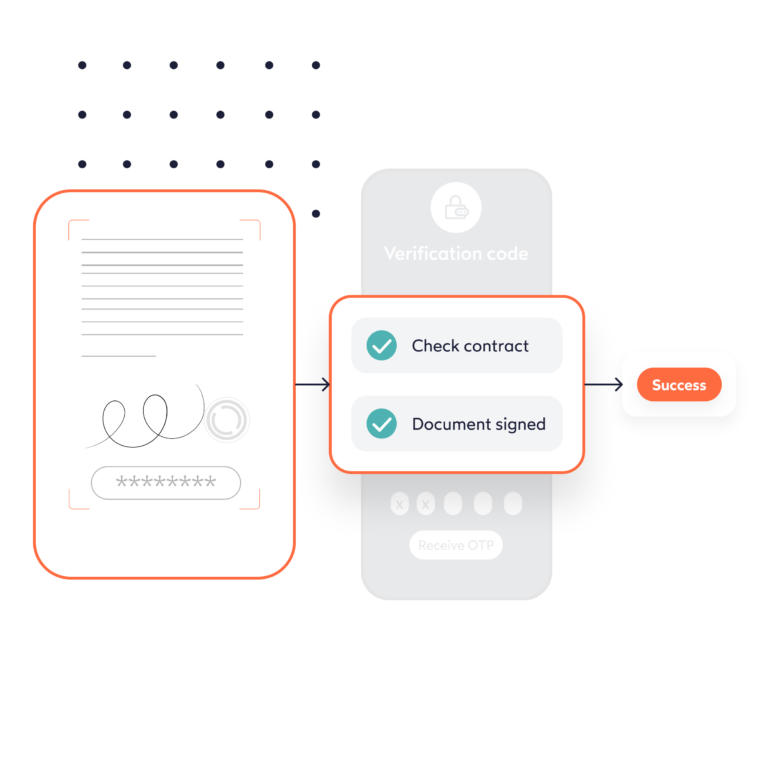We sat down with the Chief Risk and Compliance Officer at Holvi, a leading digital banking service for freelancers and small businesses, to discuss fraud, compliance, and the strategies needed to stay ahead in an evolving financial landscape.
As an avid sailor, René knows that navigating risks is all about reading the conditions, adjusting course and staying prepared for unpredictable challenges.
“There’s no business without risk – it’s just part of the game,” says René. And in the financial industry, it’s a high-stakes game with ever-changing rules, where the cost of losing is staggering. In fact, $1.03 trillion was lost to scams globally in 2024 and between €715 billion and €1.87 trillion of global GDP is tainted by money laundering each year – an amount so massive it rivals the economy of entire countries like Italy or Switzerland.
The risk is not just a challenge, but an existential threat that can erode customer trust, destroy businesses and fuel further crime. Every laundered euro is not just a loss on a balance sheet, but also in human lives, as it funds human trafficking, terrorism, drug trade and more, devastating real lives of entire communities.
Plus, the opponents are relentless – always innovative, mastering the art of exploiting vulnerable individuals through psychological manipulation and constantly finding new attack techniques – even as regulations tighten. “In this era, new fraud patterns arise and disappear faster than static processes and systems can evolve,” René explain. Traditional fraud prevention simply can’t keep up. Especially now with the rise of AI-driven fraud and synthetic identities, it’s like racing against a fleet of expert sailors in ever-changing winds. The right strategy isn’t just about reacting to sudden gusts, but about reading the conditions, adjusting sails early, and maintaining an edge to stay ahead of the competition. For René, the only way forward is to fight fire with fire, with “detection and analysis capabilities needing to make use for the same technology” in order to keep pace and eventually overtake malicious actors.
For René, the key to success isn’t eliminating risk – it’s managing it. “You need to see the full picture, not just individual threats. Some risks are worth taking, while others need to be mitigated.”
Just as in a regatta, where a sailor may take a longer route to catch the best wind or make tactical manoeuvres to gain an advantage, navigating risk in finance means knowing when to hold steady and when to change course. So, there’s always a trade-off: security versus customer experience, compliance versus agility; “Balancing security with a smooth customer experience is always a challenge, especially in a regulated industry,” René acknowledges.
Some friction is unavoidable, but what matters is how we handle it – making sure it’s transparent and makes sense to the customer.
René Hofer, Chief Risk and Compliance Officer at Holvi.
In fact, friction can sometimes be positive, as it can reassure customers that the process is thorough. And research shows that when friction enables decisions, customer satisfaction can improve. Ultimately, this approach ensures that the balance between efficiency and trust is maintained. “At the end of the day, safety comes first. There’s no way around that,” says René.
This challenge is further complicated by a fragmented regulatory landscape. Even within the European Union there are countries like Germany enforcing strict regulatory measures under the GDPR and AML directives while other countries such as Ireland offer more flexible interpretations of these rules. “Honestly, it’s frustrating,” René admits. “Identity verification should be standardized, but it’s not – so we work with flexible solutions that adapt to local requirements without adding unnecessary complexity for customers.”
Staying ahead of evolving regulations is like sailing in unpredictable waters – you don’t always know when the wind will shift, but you must be ready to adjust your sails. Only those who anticipate changes and prepare accordingly will keep moving forward instead of being caught adrift. “It’s about being informed and ready to adapt,” says René. “You can’t predict every regulatory change, but you can build a system that adapts. That means staying ahead of trends, designing flexible processes, and making compliance part of everyday decision-making.”
Businesses must leverage technology and the expertise behind it, with software providers acting as key teammates in staying connected with regulatory bodies for timely product updates. “We rely on tech, strong data sources, and – most importantly – people who know how to interpret and act on that information. Regulations will always change, so the best approach is to embed flexibility into how we operate rather than treating compliance as something we “catch up on” later.”
Despite these challenges, René remains optimistic. The financial industry, regulators and businesses all share the same mission: securing a trustworthy financial ecosystem. The key is collaboration. “If you demand adaptability, show that you’re willing to adapt, too,” he advises. “Engage early, share insights and build relationships based on transparency.”
The challenge of risk and compliance is never over, and the conditions will always shift. But as René puts it, the real question isn’t whether businesses can avoid rough seas – it’s whether they’re charting a course for success or just trying to stay afloat.
By

Nikita Rybová
Customer Marketing Manager at IDnow
Connect with Nikita on LinkedIn



